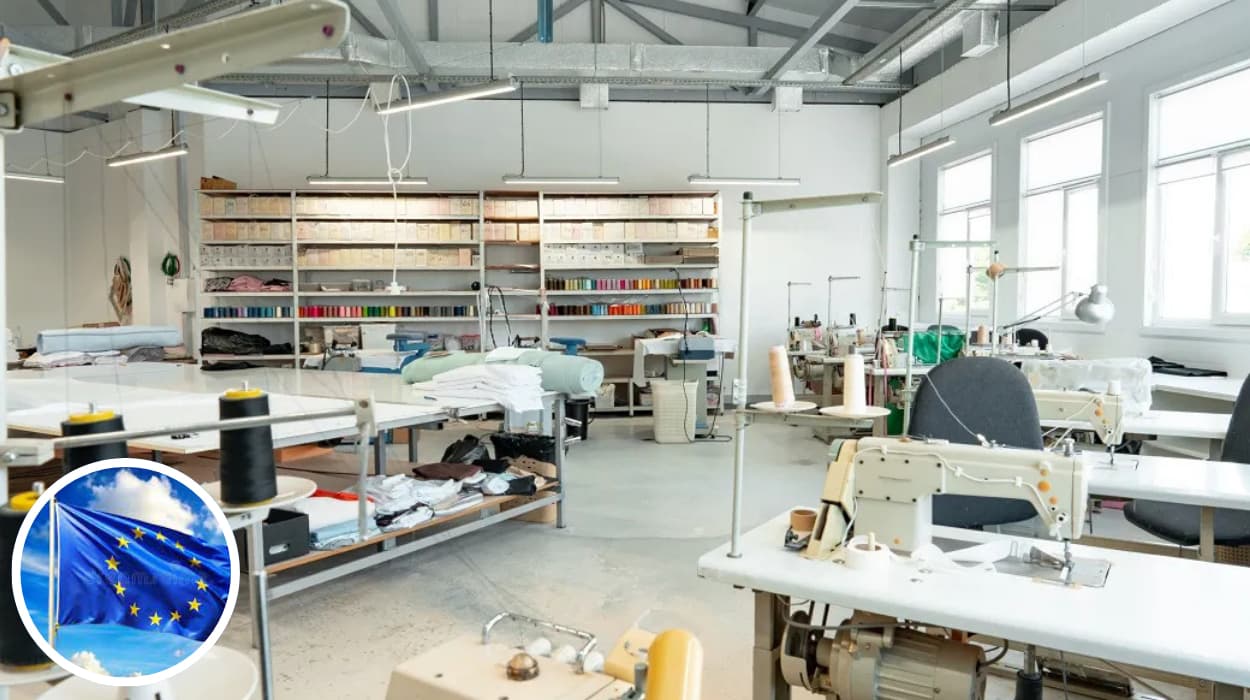Key Points
- EU textile industry groups urge European policymakers to deliver clearer, faster reforms addressing present and future market, environmental, and regulatory challenges.
- Industry leaders cite uncertainty over regulatory timelines and implementation, complicating compliance and business planning.
- Associations stress the need for harmonized standards across member states to avoid fragmented approaches to sustainability and manufacturing.
- Calls for stakeholder dialogue: Textile associations advocate for more direct engagement between industry, regulators, and NGOs.
- Concern over the global competitiveness of EU textiles if reforms outpace those in major markets like Asia or the U.S.
- Statements gathered from multiple associations and media outlets emphasize transparency, predictability, and maintaining industry viability.
As reported on July 17, 2025, leading European textile associations have issued a united appeal to EU policymakers, demanding greater clarity and swifter action on planned reforms impacting the sector. Industry leaders warned that policy ambiguities and slow legislative progress are hampering investment, threatening jobs, and putting the EU’s global textile competitiveness at risk.
Why Are EU Textile Associations Raising the Alarm Now?
The call comes amid a shifting policy landscape. As noted by the Reuters Institute’s “Digital News Report 2024,” the Europe industrial sector, including textiles, faces “increasingly complex regulatory requirements” in the wake of environmental, market, and trade policy updates. While these changes aim to accelerate sustainability and digital transitions, uncertainty over how, when, and to what extent reforms will be introduced has become a major concern.
Associations voiced frustration over “frequent delays, ambiguities, and lack of actionable guidance,” highlighting the difficulties in aligning factory processes and product planning with evolving guidelines. According to the industry, this regulatory fog undermines both immediate and long-term competitiveness.
What Are the Key Concerns Cited by Industry Leaders?
As detailed in the Reuters Institute’s 2024 overview and echoed by statements collected via sector press releases:
- Ambiguity in regulatory timelines: Many associations flagged that inconsistent communication about deadlines and compliance targets has made it difficult for companies to make necessary investments.
- Harmonization inconsistencies: Varied enactment and interpretation of EU legislation by member states, particularly regarding sustainable practices and circular economy standards, create “fragmented and costly” compliance burdens.
- Global competitiveness threats: If the EU moves ahead faster or inconsistently compared to Asia and the U.S, industry leaders fear local companies may lose out to international firms not held to the same standards.
How Are Associations Recommending Policymakers Address the Issues?
The textile groups proposed several remedies:
- Clear, actionable roadmaps for major reforms, complete with unambiguous milestones and transition periods.
- Regular stakeholder engagement sessions involving industry representatives, national regulators, and civil society, ensuring direct dialogue during the legislative process.
- Push for uniform adoption of standards across the EU to “prevent a patchwork of obligations that undermines both environmental objectives and business practicality.”
What Is the Broader Industry Context?
The textile sector’s calls reflect wider challenges facing European industries under the “Fit for 55” package, Green Deal ambitions, and digital reforms. As the Reuters Institute highlighted, the sector contends with “rising costs, supply chain strain, and digital disruption”—factors compounded by policy unpredictability.
The global trade environment adds pressure. With ongoing reciprocal tariffs, as reported by NPR’s “The News Roundup For July 11, 2025,” and shifting geopolitical alliances, associations are especially keen to avoid regulatory missteps that could further disadvantage European manufacturers versus rivals in less strictly regulated markets.
What Statements Have Industry Leaders and Associations Made?
As collated from various sector reports and European business media:
According to the European Textile and Apparel Confederation (Euratex),
“We need a stable, predictable regulatory environment that allows businesses to innovate and invest, while meeting the ambitious sustainability and digital targets set out by the EU institutions.”
The German Textile Industry Association added, as cited in a recent European business roundup,
“Delays and last-minute changes sow confusion and complexity for SMEs, risking the loss of thousands of jobs across the value chain.”
From the French Federation for Haute Couture and Fashion:
“A harmonized approach across member states—the only way to ensure that EU action strengthens, not fragments, our vibrant industry.”
What Has Been the Response from Policymakers and Regulators?
Several national and EU officials acknowledged the need for more transparent communication and committed to “increased consultation” with affected sectors. However, as highlighted by sector specialists, there remains no unified strategy for fast-tracking reforms or clarifying current ambiguities.
How Does This Fit Into Broader EU Economic Challenges?
The Reuters Institute’s report and additional economic analysis indicate that industries are struggling with “rising mis- and disinformation,” uncertain business conditions, and the unpredictable role of big tech in information dissemination—trends all impacting stakeholder engagement and trust. As public debates over reform efficacy increase, sector associations argue that robust dialogue and information sharing are more critical than ever.
What Might Happen Next?
Industry leaders warn that persistent uncertainty could lead to reduced investment in European manufacturing, lost jobs, and potential offshoring. Textile associations are calling for immediate, concrete steps from policymakers and urge “urgent dialogue” to align on next steps before new reform deadlines are set.
Union leaders and sector watchdogs, meanwhile, are increasing public visibility of the issue with joint campaigns and media outreach, seeking broader political support for measured, achievable reform timetables.
What Are the Implications for Consumers and the Broader Market?
While reforms target improved sustainability, ethical manufacturing, and digital protection, prolonged confusion or rushed implementation could result in higher consumer prices, reduced product variety, and weakened EU industry standing. Associations stress the need for reforms that are both “ambitious and achievable”—calling for pragmatism amid political and economic headwinds.
As European industries confront a rapidly evolving regulatory environment, the success of the textile sector may well hinge not just on stringent standards, but on the clarity, timing, and coherence of reforms themselves. Associations vow to keep pressing for the coordinated action they say is necessary to keep European textiles at the forefront of the global market.

